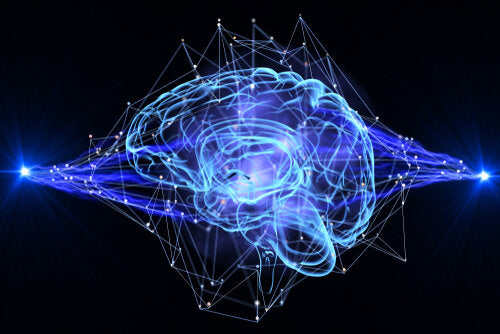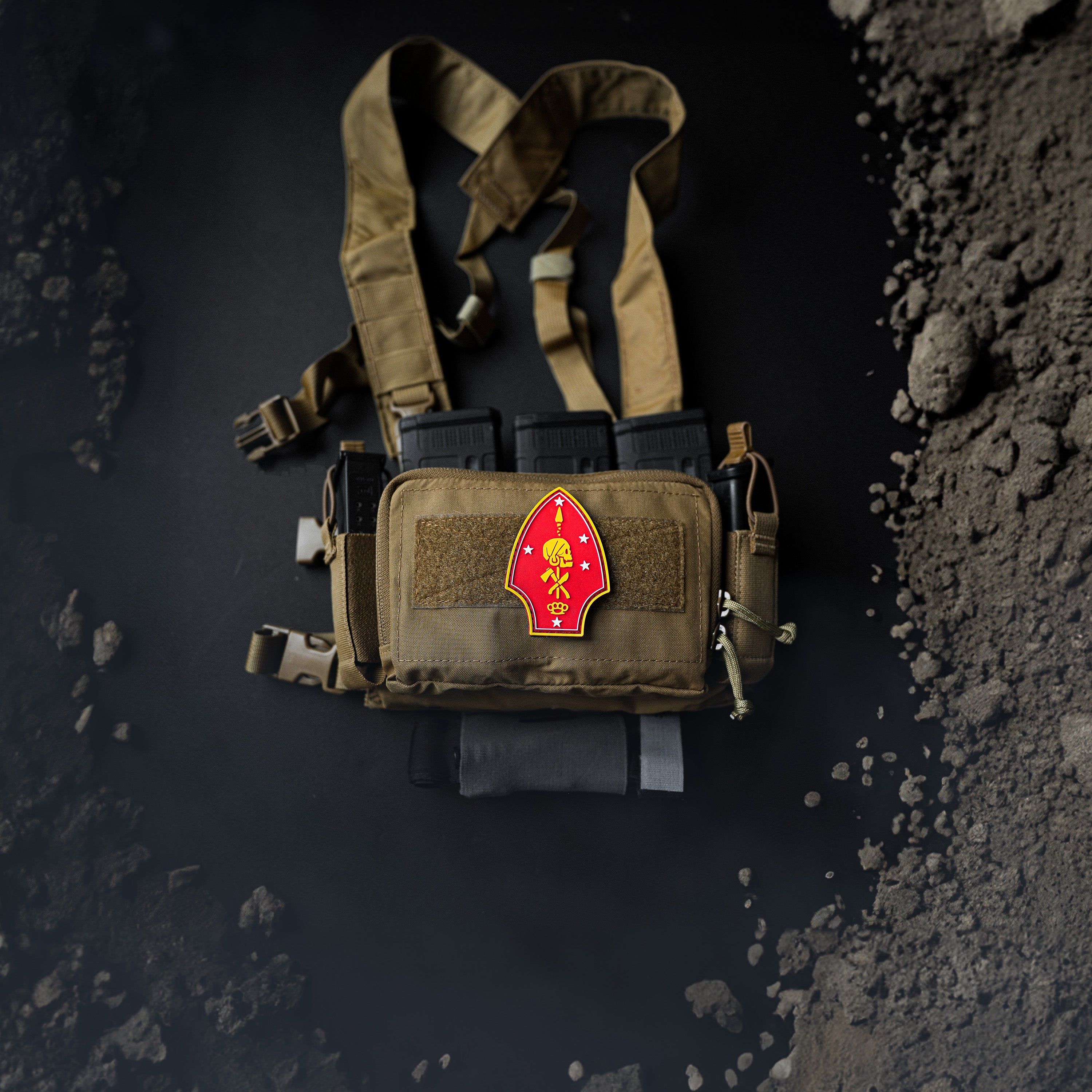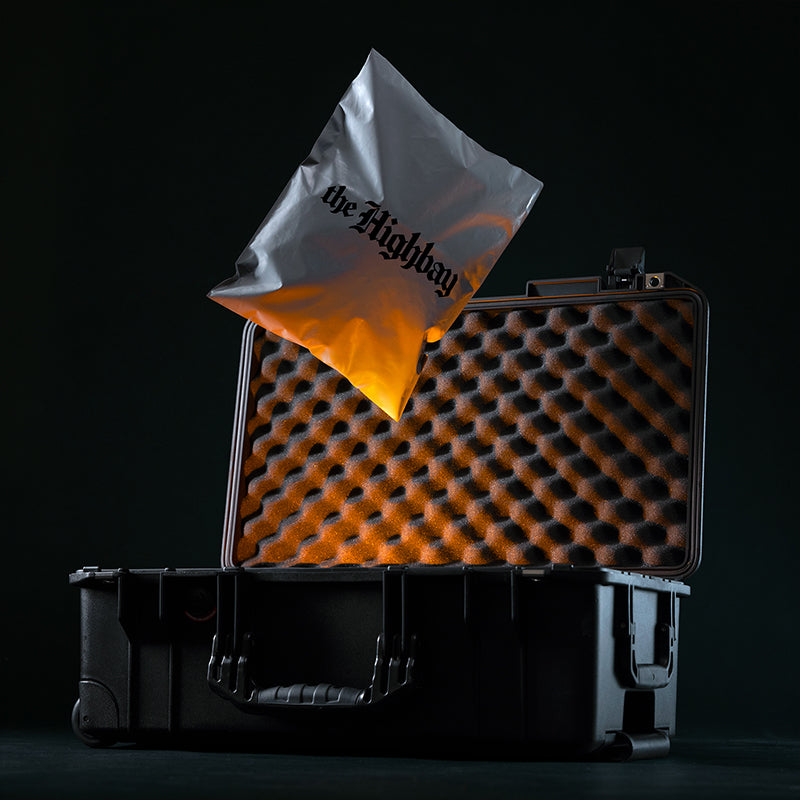
Microdosing: Improving Performance Enhancement in Intelligence Analysis

The Marine Corps Intelligence, Surveillance, and Reconnaissance Enterprise (MCISRE) may gain an advantage over competitors in intelligence analysis, productivity, and efficiency if it utilizes the innovative cognitive benefits gained through microdosing with psychedelics, which scientists, Silicon Valley executives, disruptors, and biohackers have already harnessed. Step into any sensitive compartmented information facility in the Marine Corps and you are guaranteed to find any number of stimulants and performance-enhancing drugs (PEDs): caffeine and tobacco in many forms, lab manufactured and non-Food and Drug Administration approved pre-workout supplements, etc. The presence of these substances makes it clear that the Marines working within these facilities are attempting to extend their wakefulness while increasing their efficiency and productivity. The increasing speed and breadth to which we collect raw data for processing and exploitation in the fourth generation of warfare, where data flows in terabytes (a thousand gigabytes) and petabytes (a million gigabytes), creates enormous analytical and cognitive challenges.These challenges create a discrepancy between technological capability (what we can collect) and human ability (what we can process, exploit, and distribute). Intelligence professionals in MEF intelligence centers work on problem sets that require lateral thinking, logical reasoning, persistence, close attention to detail, and creativity on a 24/7/365 processing, exploitation, and dissemination cycle. These Marines are asked to be superhuman and compete in intelligence where, like professional athletes, one percent gains provide significant advantages. Therefore, these Marines are attempting to leverage unique biological reactions to increase cognitive ability, efficiency, and “flow,” much like hyper-competitive, information-hungry, self-motivated scientists, Silicon Valley executives, and CEOs.
Enter Psychedelics
Prior to the well-known and documented recreational usage of lysergic acid diethylamide (LSD) and psilocybin (the alkaloid found in hallucinogenic mushrooms) in the 1960s, scientists, researchers, psychiatrists, psychologists, and the U.S. Government tested psychedelics in over 1,000 different studies. Introduced as medication for psychiatric use and growing in medical popularity, Time magazine published multiple positive reports on LSD dur- ing this time.4 Beginning in 1953, the Central Intelligence Agency began a program of experiments under the project name MKUltra. The intent of this program was mind control, tested through experimentations on human subjects to identify and develop drugs and procedures that could weaken defense mechanisms during interrogations. A large portion of subjects were administered LSD without informed consent, warning, or appropriate control mechanisms.6 Unable to achieve the desired results, MKUltra was halted in 1973. During the height of the MKUltra experiments, however, psychedelics continued to gain popularity as research drugs. From 1947 to 1966, researchers wrote over 1,000 scientific papers, published several dozen books, and dedicated six international conferences to the study of psychedelics. The parallel recreational popularity of psychedelics and the resultant moral panic led to Federal laws banning LSD in 1966. This ban also halted legitimate scientific studies, suppressing any further scientific research.
Currently, psychedelics are experiencing a third-wave resurgence - the first wave was the traditional use by native peoples from civilizations around the world for thousands of years, the second wave was the heavy scientific and recreational usage in the 1960s that resulted in their ban, and the third wave is the current use of LSD and psilocybin to assist in medical and psychological situations, including recent Food and Drug Administration–approved studies by researchers at Johns Hopkins, Yale, NYU, and various other facilities who have confirmed the positive cognitive effects of psychedelics. Scientists, Silicon Valley executives, biologists, biohackers, and others who face complex problems or operate at high performance levels are also using microdosing to gain a mental advantage with psychedelics.
Microdosing
A microdose is a sub-perceptual amount (i.e., it does not cause perceptual sensory changes such as visual hallucinations and is not strong enough to debilitate the subject) consisting of about a tenth of a medicinal dose of any given psychedelic, usually between 10 and 20 micrograms (μg) of LSD or 100 milligrams (mg) of psilocybin. In research, microdoses were reported to significantly heighten alertness, creativity, and problem-solving - inducing a “flow state” that aids in lateral thinking. Like most hallucinogens, LSD mimics the effects of serotonin (a mood regulator) and activates 5-HT2A receptors in the prefrontal cortex. This increases the activity of the chemical glutamate, which enables the transmission of signals between nerve cells and plays a role in learning and memory. Researchers at the Centre for Neuropsychopharmacology at Imperial College London carried out groundbreaking imaging studies showing changes in cortical functions of the brain (see Figure 1).

Microdoses cause cortical functions to be more fluid, leading researchers to believe that psychedelics may help certain brain areas work in increasingly flexible and expansive ways. The study further states that LSD decreased blood flow to the “default mode network” (DMN), an area of the brain that is activated when the mind is wandering, not committed to a task, and thinking about one’s emotional state - what is generally viewed as the “ego.” A person’s problem-solving ability is typically constrained by his ability to think beyond his limited set of experiences housed within the DMN, and attempts to find solutions are typically made from past experiences. As psychedelics decrease DMN activation, individuals have been shown to expand their ability to connect seemingly unconnected pieces of information and create revolutionary new solutions. The enhanced availability of cognitive pathways, in addition to the changes in cortical functions brought on by microdosing, enhances lateral thinking and creativity, both of which are critical for problem-solving and analytical thinking. These findings support the abundant anecdotal evidence such as Nobel Prize–winning scientists admitting their use of small doses of LSD to boost thought. Psychedelics are credited as a cause for the emergence of personal computing from a select group of government- and corporate- funded laboratories, and even Steve Jobs claimed, “Taking LSD was a profound experience, one of the most important things in my life. LSD shows you that there’s another side to the coin.”
Status Quo
Currently, Marines across the MCISRE regularly use a variety of PEDs to accomplish their tasks. The most well-known PEDs, caffeine, pre-workout supplements, and tobacco, all have some positive short-term effects. However, they do not significantly elevate cognitive activity, enhance neural pathways, or disrupt the brain’s DMN. Additionally, existing stimulants have proven negative effects, including jitteriness, energy crashes, elevated heart rate, and, in extreme cases, cancer. Some use PEDs such as Adderall, Ritalin, and Modafinil, albeit with less regularity. These PEDs are effective tools when utilized for their intended purposes; however, the off-label use for drugs such as Adderall and Ritalin have shown ambiguous improvements in cognition or no improvement at all - undesirable when attempting to solve “wicked problems.” Additionally, both of these drugs are amphetamines and carry a variety of side effects: rhabdomyolysis, kidney failure and a high risk of addiction. Modafinil has shown potential as a cognitive enhancer in certain tasks, but the chief use of Modafinil in the MCISRE is currently limited to reconnaissance Marines or snipers beyond the forward line of troops on extended reconnaissance and surveillance missions where fending off exhaustion is necessary for survival. Despite studies showing Modafinil as a cognitive enhancer in complex assessments, military medical officers do not regularly prescribe service members with Modafinil for off-label uses.
In contrast, microdosed psychedelics enhance cognitive function and flexibility, lateral thinking and creativity, elevate mood, and decrease DMN activity. These factors allow the brain to operate in a manner free of preconceived notions or boxes, resulting in greater creative problem-solving abilities. Psychedelics, however, are not without side effects. The most prevalently cited concerns include purity, dosage control, uncontrolled environments, and their illegality. Unlike amphetamines, psychedelic use does not lead to physical dependence. Overdosing from the direct pharmacological action of LSD in humans is not a salient fatality concern. LSD and mushrooms demonstrate the least amount of harm to users and others amongst drugs (see Figure 2), and LSD does not remain in the spinal fluid or spinal cord, as it was once believed.

Gaining the Advantage
War is not a game, and meeting your enemy on equal footing is a fool’s errand. The United States plans to spend $717 billion on defense in fiscal year 2019 to ensure that America has the most lethal, flexible, and responsive military in the world. America dedicates resources to making its military stronger, faster, and smarter than our adversaries, and we are searching for advantages everywhere. Combat does not reward fair play, and World Anti-Doping Agency doping control officers are not taking samples after missions to ban Marines from “competition.” Our enemies are already seeking an edge over us through PEDs and nootropics and our own units, such as the Naval Special Warfare Development Group, seek cognitive advantages via unorthodox methods such as mind gyms and sensory deprivation tanks. The cognitive advantage they seek is “flow” - or “ekstasis” from the Greek, which Plato describes as “an altered state where our normal waking consciousness vanishes completely, replaced by an intense euphoria and a powerful connection to a greater intelligence.” This phenomena is described as a non-ordinary state of consciousness in which individuals tend to have heightened focus, pattern recognition, and reaction time. Flow can be observed in a seasoned close-quarters battle team clearing a complex structure. Scientists solving complex problems have described flow; a 10-year McKinsey study revealed top executives being 500 times more productive while in flow. Flow state is understood, but those able to achieve flow on demand cannot easily guide others into it. Research suggests it takes significant experience (in some cases 10,000+ hours of meditation) to quiet the DMN and enter flow on demand.
One thing is clear, a flow state provides a distinct advantage, and the ability to achieve “flow on demand” could provide a significant cognitive advantage. Flow states have been entered with microdosing, and research supports the idea that a cognitive advantage can be gained. Through well-designed experimentation and the use of psychedelics in intelligence analysis, an advantage may be gained over our adversaries.

Testing and Integration into Intelligence Analysis
“The MCISR-E is a warfighting enterprise that supports decision-making through the provision of tailored intelligence that is timely, relevant, and predictive.” It does so through its incorporation of a 24/7/365 predictive analysis process led by the MEF intelligence centers and tied into the Marine Corps Intelligence Agency and the intelligence community. The MCISRE is additionally tasked with harnessing human capital and innovation to meet future challenges, the former being exactly where microdosing and intelligence analysis will intersect.The challenge of unsolved or particularly difficult problem sets is attempting to solve the problems on the current level of cognition either prolongs the time to solution or leaves the problem unsolved. These outcomes are suboptimal in a 24/7/365 environment that requires rapid intelligence analysis for crisis response. Microdosing could be tested in a controlled manner with a select group of volunteers under a special access program to see if significant gains could be made in intelligence analysis productivity and efficiency - especially on particularly difficult problem sets. With specific guidelines, this hypothesis could be evaluated utilizing a double blind method, either independently or as a joint venture with the Defense Advanced Research Projects Agency. First and foremost, all test subjects must be volunteers and provide explicit consent. All volunteers should have a high general technical score (110+) and be mature and experienced analysts (8+ years of experience), heavily invested in difficult problem sets, well versed in their area of expertise (subject-matter experts), and screened for behavioral/psychiatric issues (PTSD, anxiety, panic attacks, previous and current prescription and recreational drug use). It is obvious this will be in direct contravention of the Marine Corps substance abuse policy, which is why these Marines will have to be very carefully screened and selected. The volunteers will need drug waivers entered into their medical files and must be subject to additional weekly drug screenings to ensure they are only ingesting substances prescribed in the study. The group will be separated into test and control groups, with the test group being administered microdoses in accordance with current microdosing guidelines of 10μg of LSD or 100mg of psilocybin every three days and the control group being administered no substances. Following microdosing, the groups will be tasked with competing in the popular Asian strategy game Go, which can be utilized to assess cognitive expertise and functions such as attention, working memory, visuospatial processing, and decision making.
Go should be utilized as a benchmark test because presenting test subjects with previously answered problem sets (a’ la tactical decision games) will not be scientifically sound (a subject may know the solution or have privileged access to information that could lead to solving the problem). Current unsolved problem sets will also cause an issue because the problem may continue to go unsolved without setting a benchmark for how much cognitive improvement is made between the test and control groups. Additionally, Google has utilized Go to test the strength of its artificial intelligence program, and it stands to reason that this evaluation such as the Army’s The Men Who Stare at Goats. This is a serious foray and discussion about considering the use of cognitive PEDs to increase productivity, creativity, problem-solving ability, and flow. If such an experiment were initiated and found to provide a cognitive edge, the DOD and MCISRE, in concert with the data aggregation tool and other technological advantages available, would leverage an untapped resource to create an insurmountable gap over every other competitor.
Written By Emre
February 5, 2019









